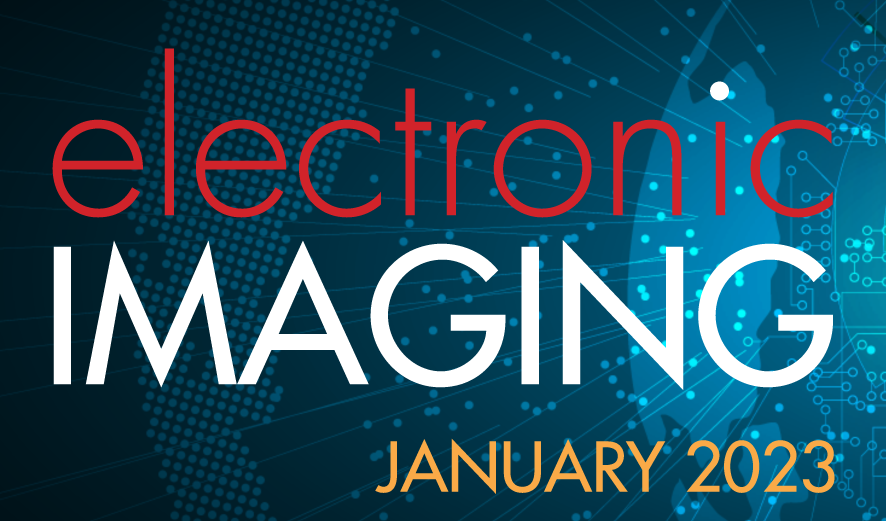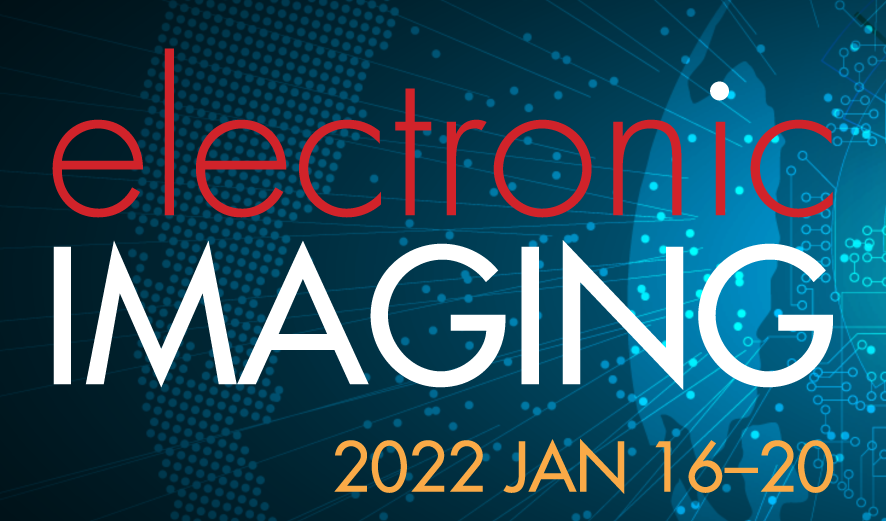
Advancements in sensing, computing, image processing, and computer vision technologies are enabling unprecedented growth and interest in autonomous vehicles and intelligent machines, from self-driving cars to unmanned drones, to personal service robots. These new capabilities have the potential to fundamentally change the way people live, work, commute, and connect with each other, and will undoubtedly provoke entirely new applications and commercial opportunities for generations to come. The main focus of AVM is perception. This begins with sensing. While imaging continues to be an essential emphasis in all EI conferences, AVM also embraces other sensing modalities important to autonomous navigation, including radar, LiDAR, and time of flight. Realization of autonomous systems also includes purpose-built processors, e.g., ISPs, vision processors, DNN accelerators, as well core image processing and computer vision algorithms, system design and architecture, simulation, and image/video quality. AVM topics are at the intersection of these multi-disciplinary areas. AVM is the Perception Conference that bridges the imaging and vision communities, connecting the dots for the entire software and hardware stack for perception, helping people design globally optimized algorithms, processors, and systems for intelligent “eyes” for vehicles and machines.

Advancements in sensing, computing, image processing, and computer vision technologies are enabling unprecedented growth and interest in autonomous vehicles and intelligent machines, from self-driving cars to unmanned drones, to personal service robots. These new capabilities have the potential to fundamentally change the way people live, work, commute, and connect with each other, and will undoubtedly provoke entirely new applications and commercial opportunities for generations to come. The main focus of AVM is perception. This begins with sensing. While imaging continues to be an essential emphasis in all EI conferences, AVM also embraces other sensing modalities important to autonomous navigation, including radar, LiDAR, and time of flight. Realization of autonomous systems also includes purpose-built processors, e.g., ISPs, vision processors, DNN accelerators, as well core image processing and computer vision algorithms, system design and architecture, simulation, and image/video quality. AVM topics are at the intersection of these multi-disciplinary areas. AVM is the Perception Conference that bridges the imaging and vision communities, connecting the dots for the entire software and hardware stack for perception, helping people design globally optimized algorithms, processors, and systems for intelligent “eyes” for vehicles and machines.

Self-driving cars are gradually making their way into road traffic and represent the main component of the new form of mobility. Major companies such as Tesla, Google, and Uber are researching the continuous improvement of self-driving vehicles and their reliability. Therefore, it is of great interest for trained professionals to deal with and understand the principles and requirements for autonomous driving. This paper aims to describe the new concept of a Bachelor / Master level university course for automotive technology students to address new mobility and self-driving cars. For the practice-oriented course, hardware in a low budget range (US $80) was used, which nevertheless has all the necessary sensors and requirements for a comprehensive practical introduction to the topic of self-driving automotive technology. The modular structure of the course contains lectures and exercises on the following topics: The first Exercise deals with the construction and modification of the Car-Kit, followed by the setup of the used Raspberry Pi. Since the car kit and Raspberry Pi are ready to use, the third exercise will steer the car remotely. The autonomous lane lectures and exercises follow this navigation with color spaces and masking, the Canny edge detection, Hough transform, steering, and stabilization.


A primary goal of the auto industry is to revolutionize transportation with autonomous vehicles. Given the mammoth nature of such a target, success depends on a clearly defined balance between technological advances, machine learning algorithms, physical and network infrastructure, safety, standards and regulations, and end-user education. Unfortunately, technological advancement is outpacing the regulatory space and competition is driving deployment. Moreover, hope is being built around algorithms that are far from reaching human-like capacities on the road. Since human behaviors and idiosyncrasies and natural phenomena are not going anywhere anytime soon and so-called edge cases are the roadway norm, the industry stands at a historic crossroads. Why? Because human factors such as cognitive and behavioral insights into how we think, feel, act, plan, make decisions, and problem-solve have been ignored. Human cognitive intelligence is foundational to driving the industry’s ambition forward. In this paper I discuss the role of the human in bridging the gaps between autonomous vehicle technology, design, implementation, and beyond.

Will autonomous vehicles ever be able to drive around safely? In Germany lane markers on streets are white. In construction zones temporary markers are installed on top of the standard ones that are yellow and they direct the traffic e.g. into shifted lanes. So, the only differentiation is the color. But what about the white markers at times close to the sunset? Then we drive into Austria and the temporary markers are turning orange. Or driving in the US makes the whole country a construction zone because markers are always yellow. Automotive cameras are often times not RGB cameras. They have other color filters to maximize sensitivity, which often times does not help differentiating colors. So does the spectral reflectance matter? Which impact does the illumination have? And there are many different ones like daylight at different times of the day, different kinds of streetlights, different headlights of the cars etc. Traffic signs create another color problem. We drive from Switzerland to France. In Switzerland the freeway signs are green and the major road signs are blue. When you cross the French border, it is the other way around. How can these problems be solved?